What Is Bleeding Edge Technology? Are bleeding edge technologies cheaper?
Last updated: October 16, 2022 Read in fullscreen view
- 05 Jul 2020
 What is Sustaining Software Engineering? 1037
What is Sustaining Software Engineering? 1037 - 20 Mar 2022
 What is a Multi-Model Database? Pros and Cons? 918
What is a Multi-Model Database? Pros and Cons? 918 - 01 Oct 2020
 Fail fast, learn faster with Agile methodology 864
Fail fast, learn faster with Agile methodology 864 - 03 Jul 2022
 What is the difference between Project Proposal and Software Requirements Specification (SRS) in software engineering? 859
What is the difference between Project Proposal and Software Requirements Specification (SRS) in software engineering? 859 - 18 Oct 2020
 How to use the "Knowns" and "Unknowns" technique to manage assumptions 813
How to use the "Knowns" and "Unknowns" technique to manage assumptions 813 - 22 Sep 2022
 Why is it important to have a “single point of contact (SPoC)” on an IT project? 750
Why is it important to have a “single point of contact (SPoC)” on an IT project? 750 - 14 Oct 2021
 Advantages and Disadvantages of Time and Material Contract (T&M) 703
Advantages and Disadvantages of Time and Material Contract (T&M) 703 - 19 Oct 2021
 Is gold plating good or bad in project management? 671
Is gold plating good or bad in project management? 671 - 08 Oct 2022
 KPI - The New Leadership 514
KPI - The New Leadership 514 - 19 Apr 2021
 7 Most Common Time-Wasters For Software Development 513
7 Most Common Time-Wasters For Software Development 513 - 30 Jan 2022
 What Does a Sustaining Engineer Do? 470
What Does a Sustaining Engineer Do? 470 - 28 Dec 2021
 8 types of pricing models in software development outsourcing 388
8 types of pricing models in software development outsourcing 388 - 31 Oct 2021
 Tips to Fail Fast With Outsourcing 359
Tips to Fail Fast With Outsourcing 359 - 11 Jan 2024
 What are the Benefits and Limitations of Augmented Intelligence? 354
What are the Benefits and Limitations of Augmented Intelligence? 354 - 23 Sep 2021
 INFOGRAPHIC: Top 9 Software Outsourcing Mistakes 338
INFOGRAPHIC: Top 9 Software Outsourcing Mistakes 338 - 10 Dec 2023
 Pain points of User Acceptance Testing (UAT) 322
Pain points of User Acceptance Testing (UAT) 322 - 06 Feb 2021
 Why fail fast and learn fast? 311
Why fail fast and learn fast? 311 - 01 Mar 2023
 What is Unit Testing? Pros and cons of Unit Testing? 301
What is Unit Testing? Pros and cons of Unit Testing? 301 - 13 Dec 2020
 Move fast, fail fast, fail-safe 280
Move fast, fail fast, fail-safe 280 - 17 Feb 2022
 Prioritizing Software Requirements with Kano Analysis 244
Prioritizing Software Requirements with Kano Analysis 244 - 18 Aug 2022
 What are the consequences of poor requirements with software development projects? 224
What are the consequences of poor requirements with software development projects? 224 - 25 Apr 2021
 What is outstaffing? 216
What is outstaffing? 216 - 06 Nov 2019
 How to Access Software Project Size? 214
How to Access Software Project Size? 214 - 10 Nov 2022
 Poor Code Indicators and How to Improve Your Code? 200
Poor Code Indicators and How to Improve Your Code? 200 - 26 Dec 2023
 Improving Meeting Effectiveness Through the Six Thinking Hats 180
Improving Meeting Effectiveness Through the Six Thinking Hats 180 - 31 Dec 2021
 What is a Data Pipeline? 175
What is a Data Pipeline? 175 - 01 Mar 2023
 Bug Prioritization - What are the 5 levels of priority? 171
Bug Prioritization - What are the 5 levels of priority? 171 - 10 Apr 2022
 What is predictive analytics? Why it matters? 158
What is predictive analytics? Why it matters? 158 - 05 Jan 2024
 Easy ASANA tips & tricks for you and your team 132
Easy ASANA tips & tricks for you and your team 132 - 12 Mar 2024
 How do you create FOMO in software prospects? 97
How do you create FOMO in software prospects? 97 - 14 Mar 2024
 Why should you opt for software localization from a professional agency? 85
Why should you opt for software localization from a professional agency? 85
Bleeding edge technology is a type of technology released to the public even though it has not been thoroughly tested and may be unreliable. Bleeding edge technology usually comes with a degree of risk and expense for the end-user—in most cases, the consumer.
The tip of a knife is known as the bleeding edge. The tip pierces and breaks through. The cutting edge is the part of the knife that does most of the work. Innovation is not about the cutting edge. innovation is about the bleeding edge. The bleeding edge is that boundary that has not yet been broken.
1. What does bleeding edge mean in business?
Bleeding edge refers to a product or service that is new, experimental, generally untested, and carries a high degree of uncertainty. Bleeding edge is mainly defined as newer, more extreme, and riskier than technologies on the cutting or leading edge.
2. Bleeding Edge Technology Examples
For example, open-source software has code that is easily accessible and can be modified by anyone. Open-source practices can help consumers by providing them with free offerings, but some of the offerings come with great risk.
3. Advantages of Bleeding Edge Technology
Businesses that purchase bleeding edge technologies get a first-mover advantage if the technology later becomes mainstream.
There was a time when Gmail was considered a bleeding technology, and while consumers used it, businesses wouldn’t touch it. Today it is the most-used consumer email solution, and Google Suite is used by over twelve thousand companies including Uber, Netflix, and Airbnb.
The point is, bleeding-edge technology can have a significant impact on your company and its ability to scale. But it’s essential to understand how that technology works within the context of your business.
4. Disadvantages of Bleeding Edge Technology
Businesses run the risk of sinking money into something that might not function properly.
Moreover, there’s a risk that other customers may never buy the same technology, causing the supplier to go out of business. Another potential pitfall is that new and better technology comes along that becomes a far-bigger hit.
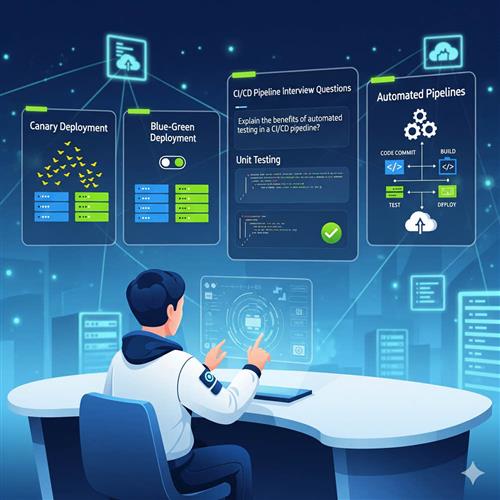
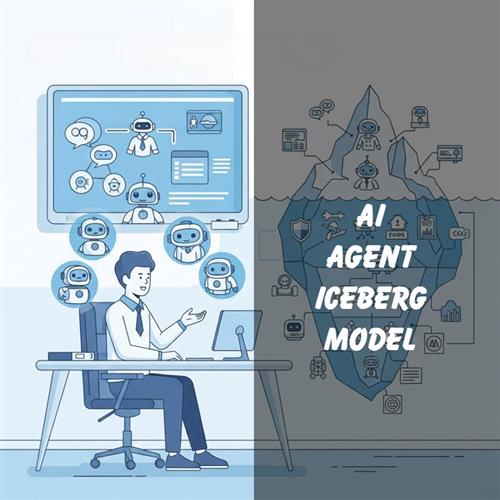
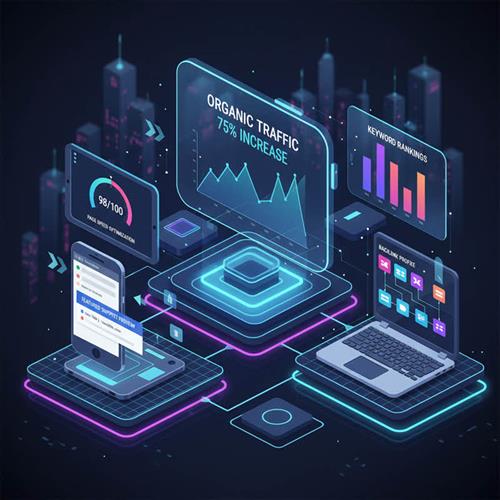

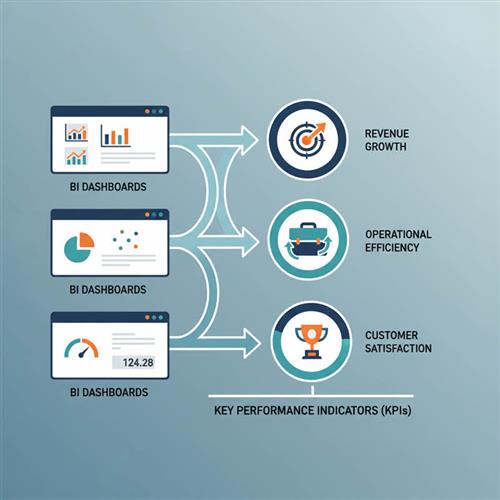


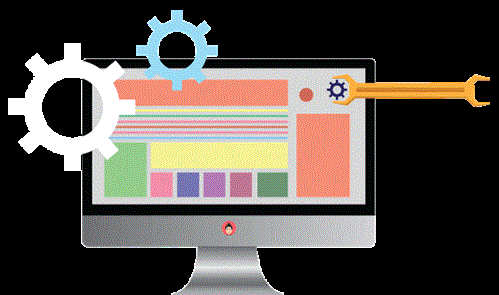


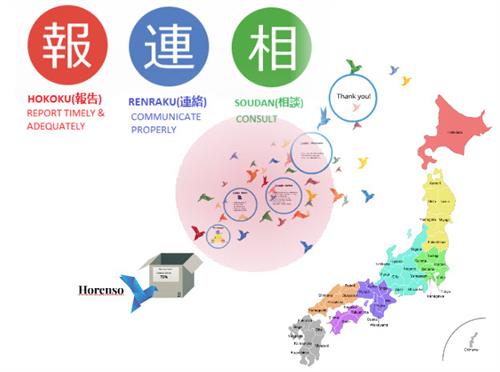


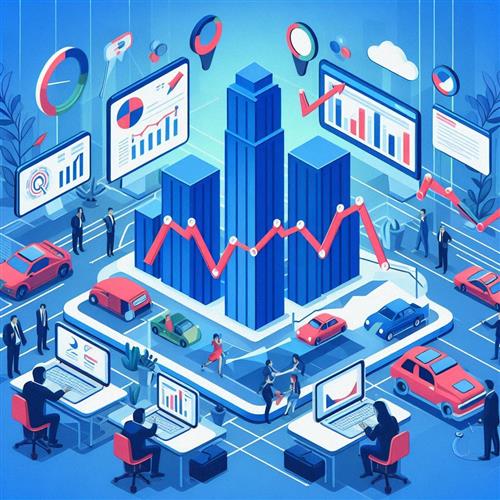

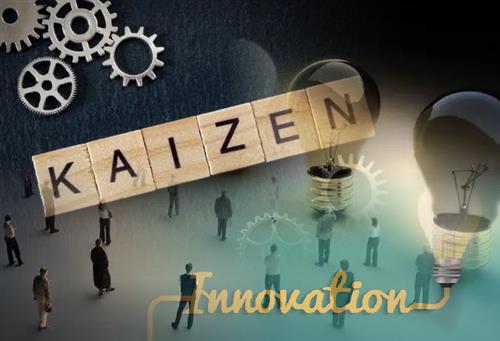

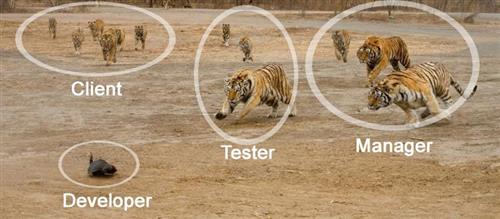
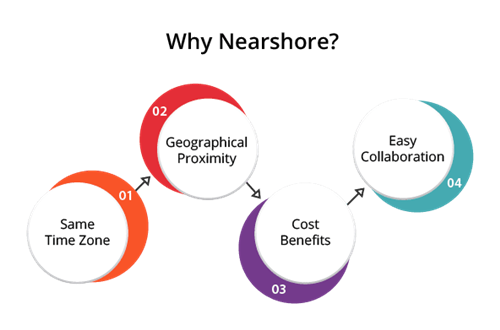
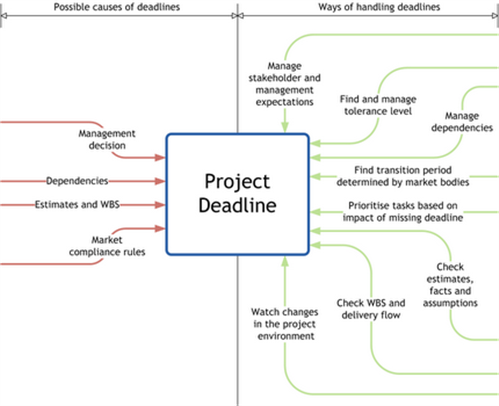
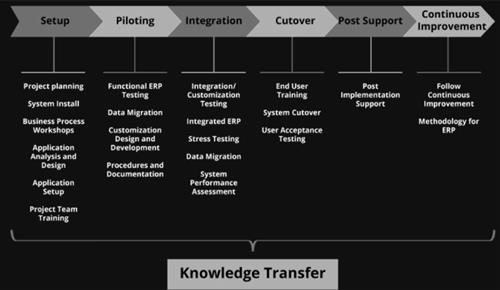














 Recently Updated News
Recently Updated News
